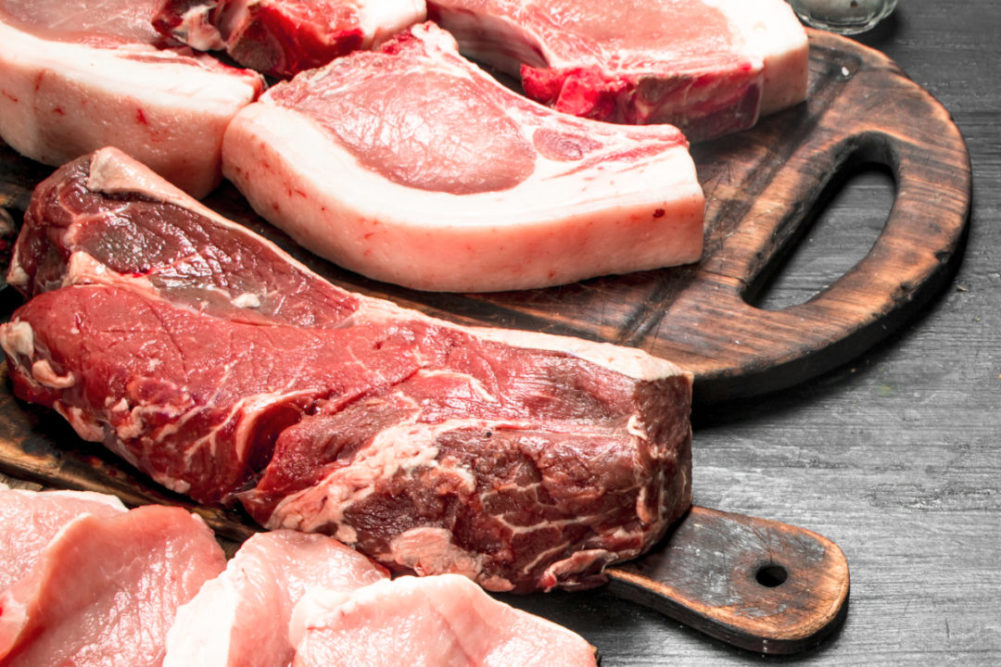UTRECHT, THE NETHERLANDS – In recent years, cattle herd expansion has increased at a greater rate than beef packing capacity, providing packers the ability to benefit and reap larger profits.
“Even before the extremes of 2020, recent margins suggest that there is incentive to add packing capacity,” said Dustin Aherin, analyst – Animal Protein for Rabobank, in “The Case for Capacity” report.
The coronavirus (COVID-19) pandemic and the 2019 fire at Tyson’s Holcomb, Kan., beef plant caused major disruptions and imbalances between cattle numbers and labor, however a relative imbalance had been building for more than a decade.
“The drought-induced cow herd contraction and resulting decline in fed cattle availability in the early 2010s, drove the most inefficient packing plants out of business as competition for limited cattle supplies drove cattle prices to record levels,” Aherin wrote. “The remaining plants are those that have best managed operating costs through optimal geographic location, supply chain relationships and economies of scale.”
Additional packing capacity could counteract the imbalance between fed cattle supplies and packing capacity while still allowing significant margins for packers, Aherin said. He added that an additional capacity of 5,000 to 6,000 head of fed cattle per day could restore the historical balance.
Aherin suggests timing during cattle cycles as one reason increased capacity has yet to occur. The current herd contraction is a predictor of tighter cattle supplies following the current backlog in packing.
“Accumulating liquid reserves during times of ample cattle supplies to ensure survival when cattle supplies are tight is a reasonable strategy,” Aherin said. “Large packers dependent on the ebb and flow of total cattle supplies realize this and are particularly cautious following the challenges of the last cattle cycle.”
Whether an existing operation adding a plant or a new enterprise, cost serves as a tremendous hurdle to increased capacity. Industry sources estimate the cost of a new facility at $100 million to $120 million per 1,000 head of daily capacity. Once a new plant exists and becomes ready to process, the capital to maintain through the first cattle cycle alone makes would-be investors wary. If a plant project initiated when margins look favorable proceeds, years of construction and regulatory requirements will likely push through the cattle cycle turning over to tighter supplies and negative profits for the first few years of business.
“That’s not a recipe for thin capital or weak hearts,” Aherin said.
Technology offers the best solution for existing plants to add capacity while smaller to medium, 1,000 to 2,000 head operations, make the most sense for adding capacity through new construction.
“It’s likely that additional US beef packing capacity will come from both sources, as recent profitability, an evolving labor environment, improved export market access, and consumer-driven product differentiation have combined to present the greatest opportunity for innovative expansion in decades,” Aherin said.


